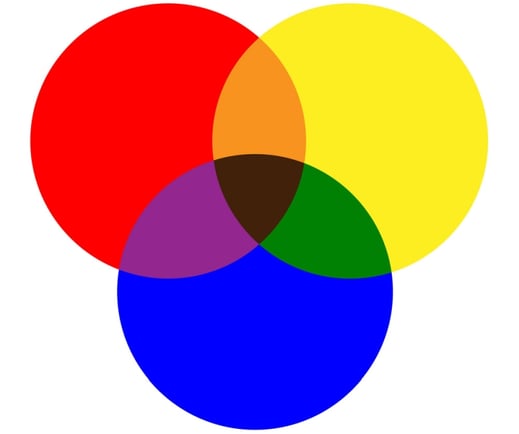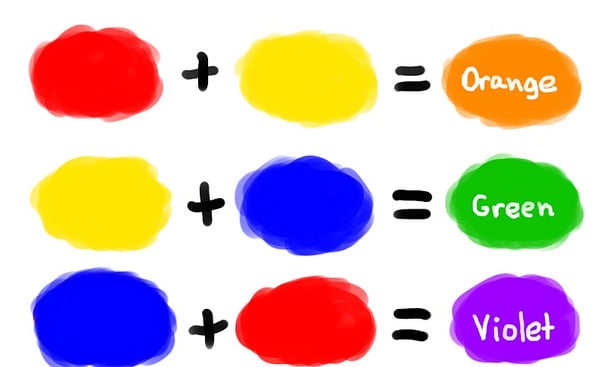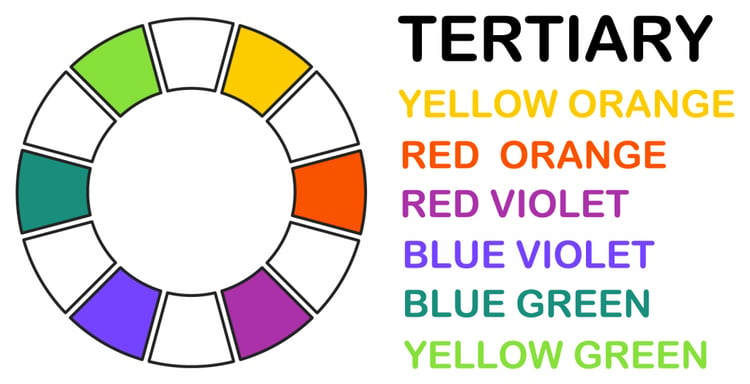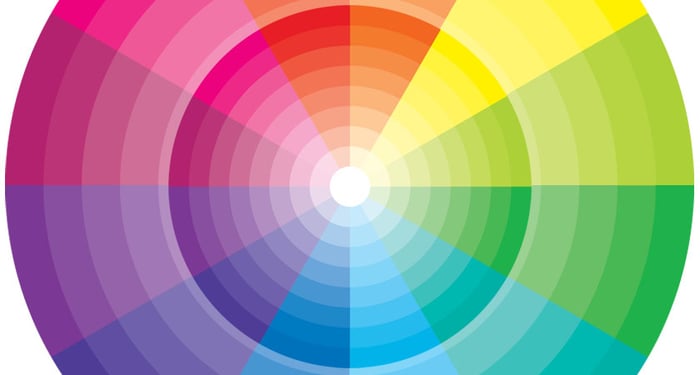In order to create beautiful and luminous artwork, it is necessary to know how to mix colours. Mixing colours is essential for any leathercrafter and knowing how to do it will allow you to make as many colours and shades as your creativity desires. Of course, mixing colours can be a bit of a challenge at first. However, with the right basic techniques and an adequate understanding of colour theory, mixing colours can be easy and fun.
If you have just started painting, your colour kit will probably contain only a few colours.
This does not matter, because if you have the three primary colours, you can create a multitude of different shades. The primary colours are blue, red and yellow.

Primary Colors
As you already know, red, blue, and yellow make up the three primary colors. Using combinations of these colors can result in a massive range of additional shades. While this is pretty straightforward, there are many different shades of each primary color available. When buying your first paint set, it is best to have two of each primary color – one in a warm tone and one in a cool tone. To access a perfect color-mixing chart, the following shades of paint are recommended:
- Cadmium red (A warm red with a touch of yellow)
- Alizarin crimson (A cooler red with a touch of blue)
- Lemon yellow (A cool yellow with a bit of blue)
- Cadmium yellow (A warm yellow with a hint of red)
- Phthalo blue (A cool blue shade with some yellow in it)
- Ultramarine blue (A warmer blue containing some red)
Secondary colors
Once you have prepared all the primary colours, you can use them to create secondary colours. Two primary colours combined create a secondary colour. Orange, green and violet make up the secondary colours.

The more you practice mixing colours, the more you will gradually begin to understand which combinations produce which results.
Tertiary colors
Tertiary colours are really merely variations of secondary colours. By mixing secondary colours with different ratios and shades, a wider range of colours can be obtained, which we call tertiary colours. This can be done by mixing a secondary colour with a primary colour to create more variety.

The Color Wheel
When you start mixing colors, you will be faced often with the color wheel. The color wheel is a type of definitive color-mixing chart that can help you to understand the different color relationships. Having a color wheel will allow you to easily determine which colors to use when mixing certain shades.

The color world is huge and we could sit here and talk about it for hours. How about we do a second post on this topic?


